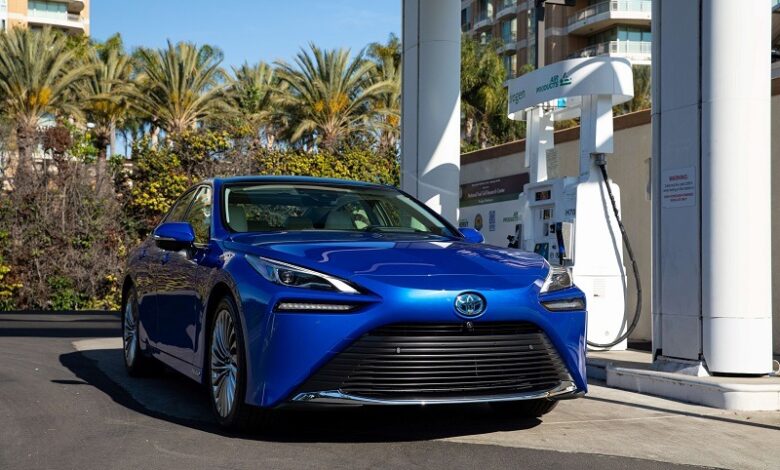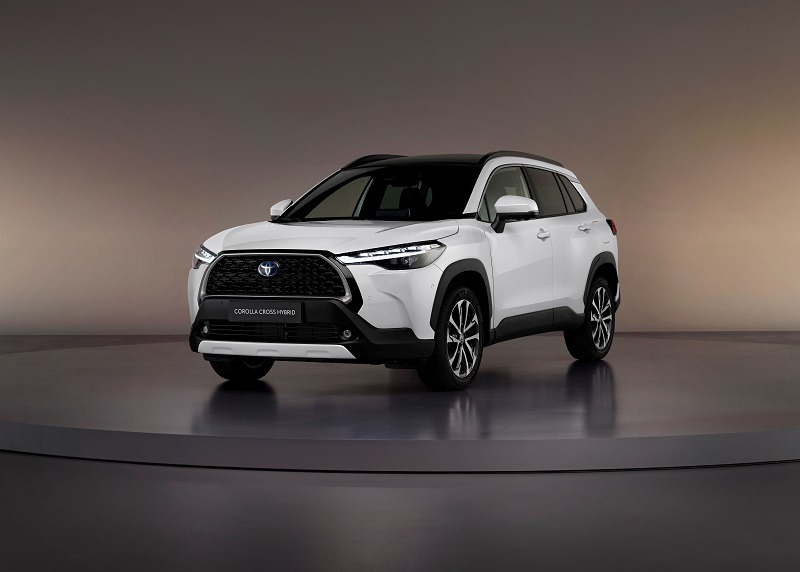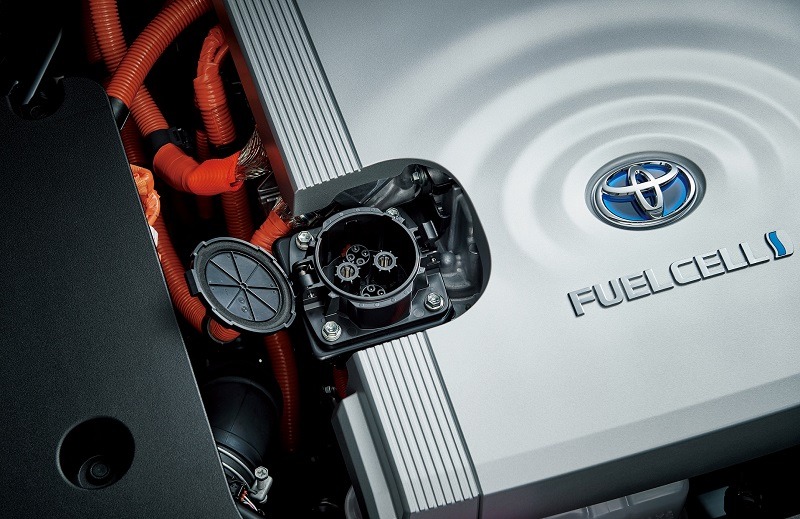Toyota’s Carbon Neutrality Journey in the Middle East: A New Chapter

In the midst of an era defined by transformative change, the looming threat of climate change to our planet’s future remains a constant concern. As the global movement toward carbon neutrality gains momentum, the Middle East’s role and responsibilities as a major world energy producer have naturally become a central focus of this discussion. A growing number of Gulf nations have committed to achieving net-zero emissions by around mid-century, with the last few years seeing the advent of multiple carbon-cutting legislations.
These efforts to reduce the impact of carbon emissions across the Middle East are driving many companies to reshape their century-old operational paradigms. Amid the automotive industry’s collective efforts toward a carbon-neutral future, Toyota has positioned itself as a driving force for sustainable mobility both globally and within the region.

With the Middle Eastern market’s ever-growing demand for electrified vehicles and sustainable solutions, Toyota aims to make significant strides toward its CO2 reduction goals and bolster worldwide electrified vehicle sales. This strategic pursuit aligns with the company’s overarching goal of achieving carbon neutrality by 2050.
At the heart of Toyota’s regional efforts is the company’s multi-pathway approach, which considers each region’s unique situations and realities. This strategy considers various factors, such as usage needs, economic circumstances, energy sources, and infrastructure readiness. Through these considerations, Toyota can efficiently and holistically contribute to the carbon neutrality objectives of every country in which it operates through a range of practical solutions.

Toyota offers customized solutions for different regions using various vehicle powertrains, including Hybrid Electric Vehicles (HEVs), Plug-in Hybrid Electric Vehicles (PHEVs), Fuel Cell Electric Vehicles (FCEVs), and Battery Electric Vehicles (BEVs). This approach also includes enhancing the efficiency of internal combustion engine (ICE) vehicles, as evident in the 2021 Land Cruiser 300 series.
This multi-pathway approach has been instrumental in achieving widespread regional adoption of Toyota’s electrified vehicles. The company’s journey in the Middle East began in 2010 with the introduction of its first electrified vehicle, the Lexus LS HEV. Building upon this milestone, Toyota continued to make strides in the hybrid electric domain, most notably with the launch of the Toyota Prius in 2016.
One remarkable example of this adoption is observable in Dubai, where most taxis now consist of Toyota HEVs. Efforts to boost HEV sales and improve ICE efficiency have also been underway in Saudi Arabia, where Toyota successfully met the country’s Corporate Average Fuel Economy (CAFE) standards, while achieving a 27% increase in average fuel economy from 2016 to 2022.

Toyota currently offers a range of over 10 Toyota and Lexus electrified vehicle models, making it the largest lineup of its kind in the region. This HEV selection ranges from compact, reliable, and economical models like the Corolla to mid-sized vehicles like the Camry and SUVs like the Highlander. In addition, customers can choose from other Toyota models, such as the C-HR, Corolla Cross, RAV4, Innova, and Crown. At the same time, Lexus sets new sustainability standards in the luxury segment with HEV variants of the Lexus ES, LS, NX, and RX models.
Toyota’s commitment to introducing diverse green mobility technologies in the Middle East is also evident. The Mirai, hydrogen-powered FCEV, represents Toyota’s ambitions for a hydrogen-based society. The region’s potential as a global clean hydrogen producer has attracted attention, with Saudi Arabia targeting the production of 2.9 million tons of hydrogen per year by 2030, the UAE aiming for 1.4 million tons by 2031, and Oman targeting one million tons by 2030.
In 2017, Al-Futtaim Motors, Toyota’s distributor in UAE, built the region’s first hydrogen refueling station (HRS), and in 2019, Saudi Aramco and Air Products inaugurated Saudi Arabia’s first station. Introduction of the Mirai not only represent another facet of Toyota’s Middle Eastern carbon neutrality support efforts but also demonstrate its interest in aiding the long-term development of a hydrogen energy industry.

Beyond the aforementioned hydrogen production targets, recent progress on this front adds weight to the industry’s promise. In early 2022, Saudi Arabia’s Ministry of Energy signed eight agreements to initiate hydrogen mobility pilot projects involving vehicles, buses, trains, and other applications, showcasing Saudi Arabia’s commitment to hydrogen adoption. In UAE, Abu Dhabi National Oil Company (ADNOC) plans a high-speed HRS in Masdar City this year, timed with COP28.
Oman is also getting its first station through a partnership between Shell Oman and Oman Airports. 15 Mirai vehicles, acquired from Saud Bahwan Automotive, Toyota’s distributor in Oman, will also be provided to Oman Airports for corporate use as per a previous agreement. Set to launch in 2024, the project will contribute to Oman’s Vision 2040 decarbonization and energy transition efforts.
Product initiatives aside, Toyota actively engages in regional efforts and initiatives to reduce carbon emissions. One notable endeavor is its participation in FLEET (Fuel Lubricants Efficient Engine Technology), an R&D Consortium launched by the Oil Sustainability Program (OSP) and the King Abdullah University of Science and Technology (KAUST) in Saudi Arabia. To further FLEET’s vision for improved economic and environmental competitiveness in transportation, Toyota will continue to actively contribute to fuel-cell technology, hydrogen engines, and hydrogen-based e-fuels in its research projects. Toyota believes these initiatives will help unlock the hydrogen potential of the Middle East.
With an ever-growing range of products, cutting-edge technologies, and dedicated involvement in local initiatives, Toyota leads the way in creating a greener, more carbon-neutral regional transportation ecosystem. Driven by its multi-pathway approach, Toyota’s dedication to innovation and sustainability positions it at the forefront of shaping an environmentally friendly future of mobility.
















